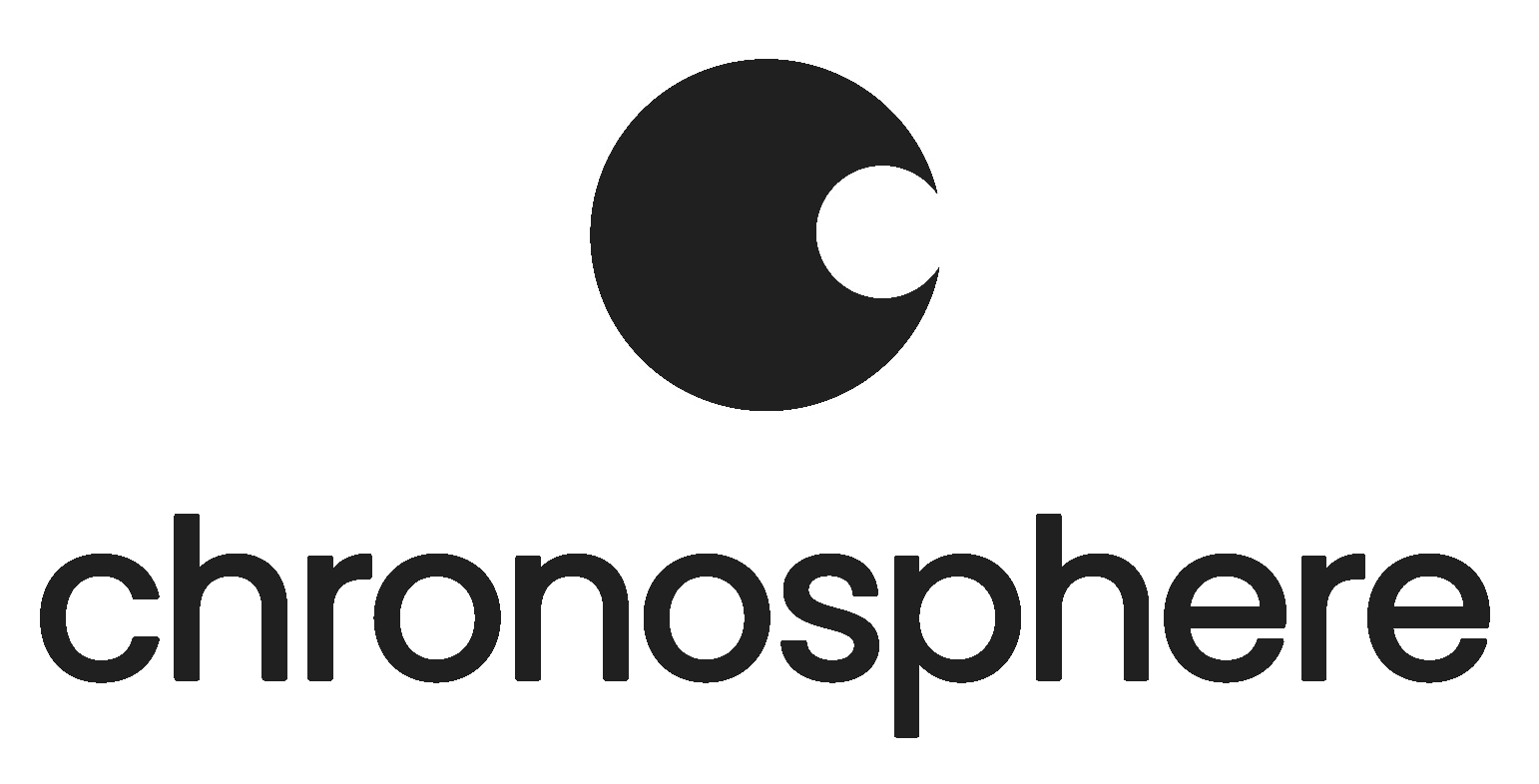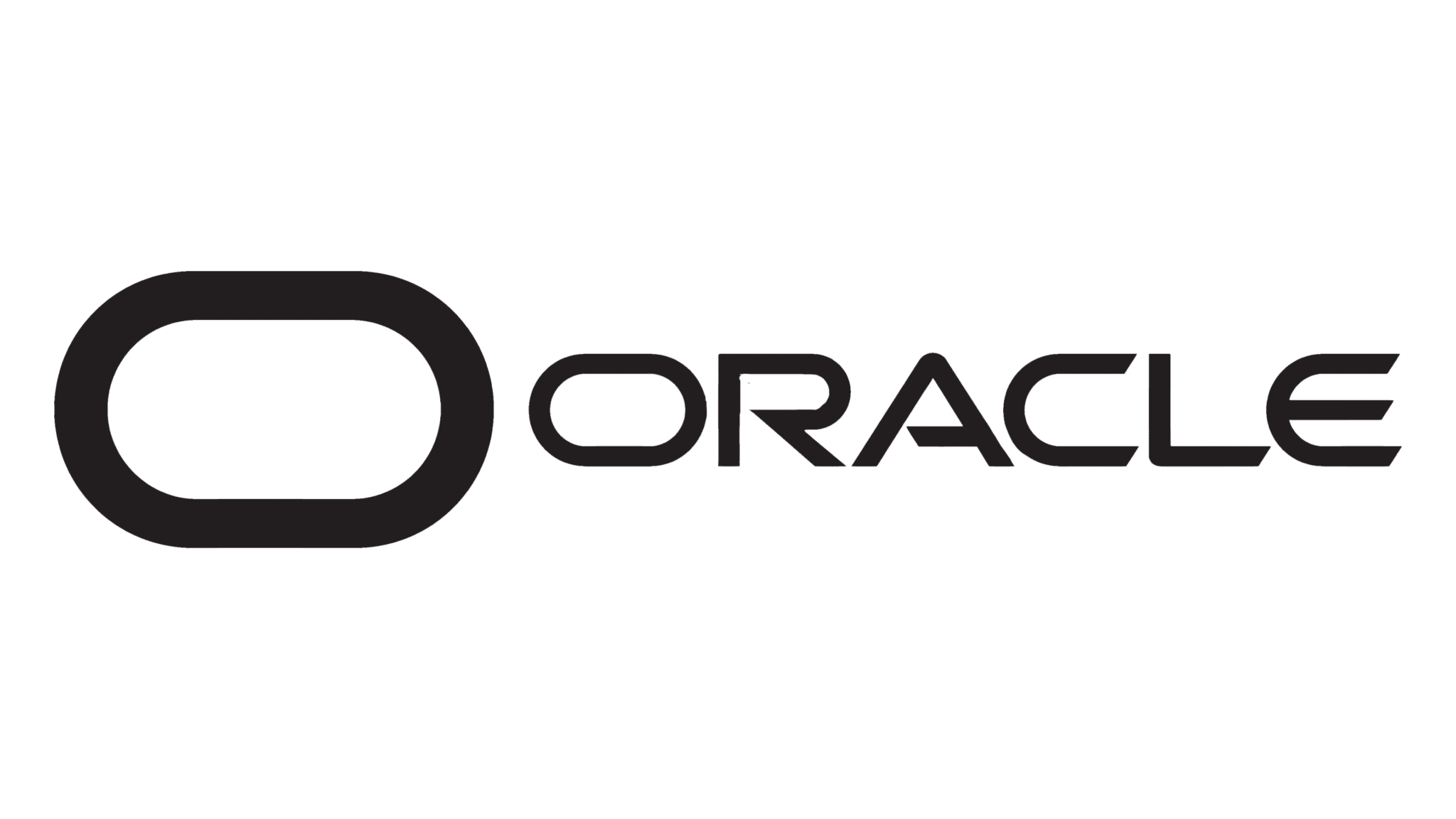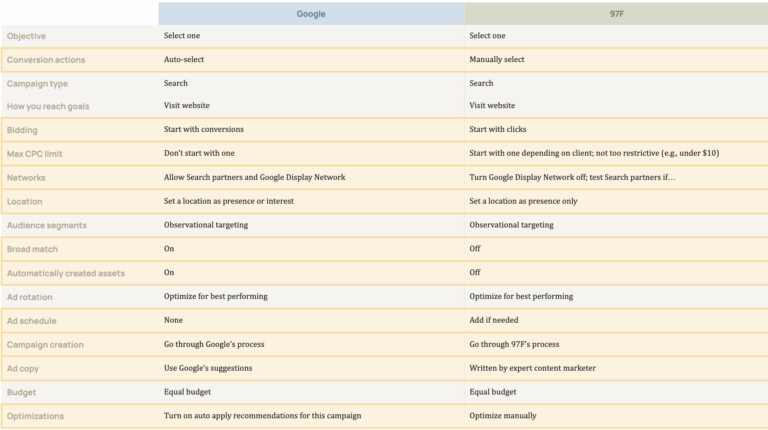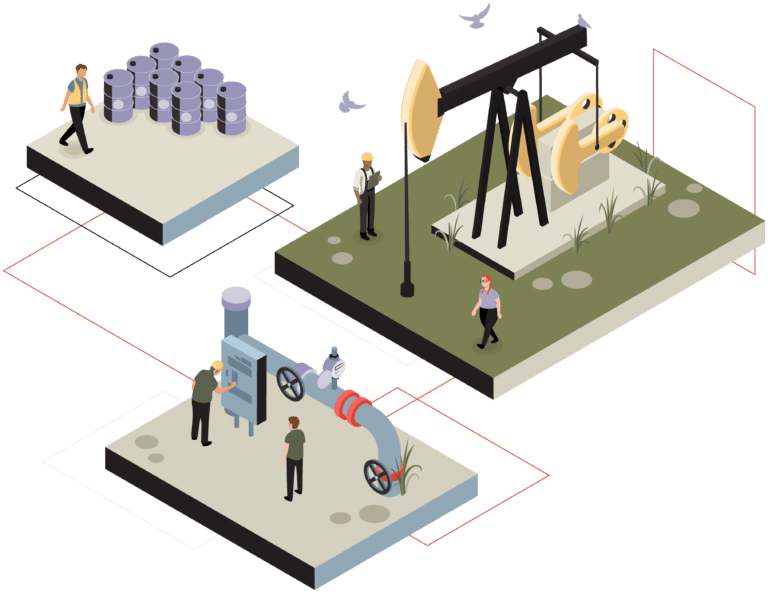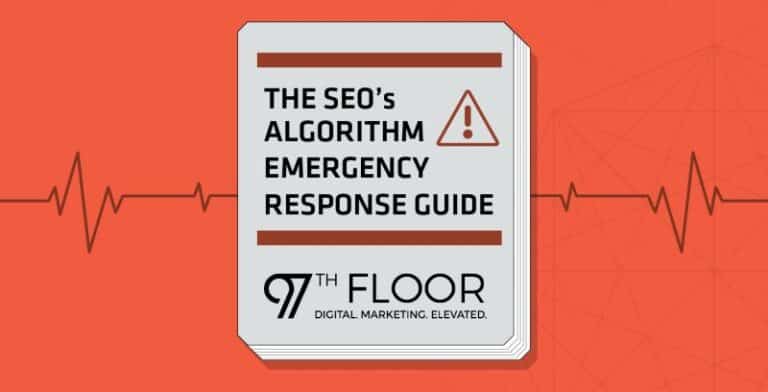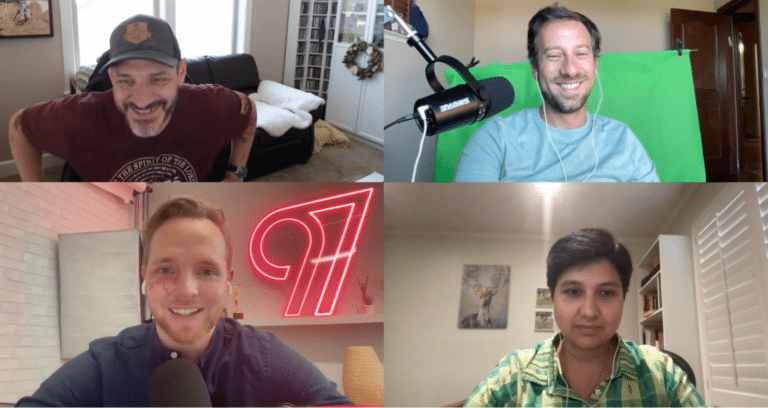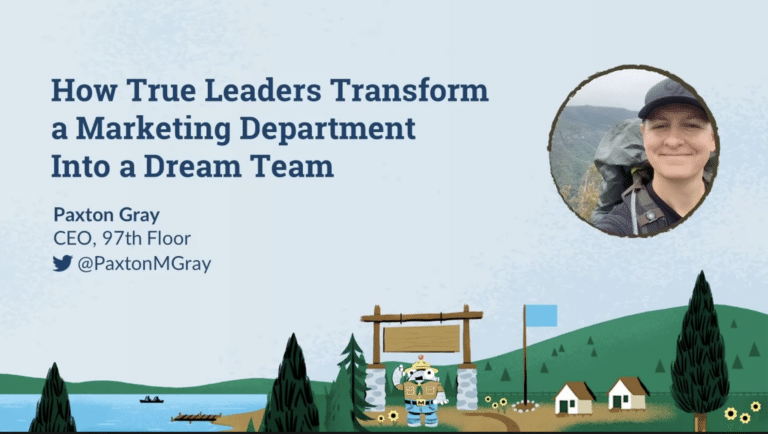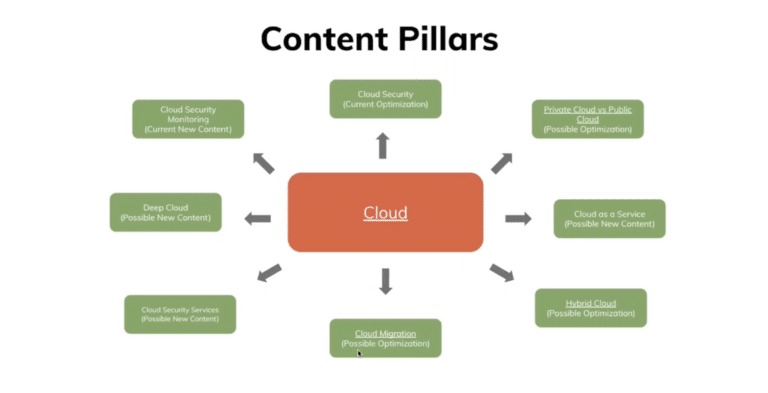What is it About C-Suite Executives?
When you’re marketing to C-suite executives, remember that they’re making high-stakes decisions that shape the future of the business. Here’s what makes them unique:
Characteristics
C-suite executives are focused on strategy, growth, and profitability. They need solutions that boost efficiency without wasting their time. They also rely heavily on data-driven insights—decisions aren’t made on instinct alone; they need proof and metrics. Risk management is always on their radar too—they’re responsible for minimizing risks that could impact the company.
Pain Points
Time is always in short supply. C-suite leaders are juggling a million tasks at once, so if your message doesn’t get to the point fast, it’s lost. They also face pressure to innovate, while managing budgets and aligning departments to work toward the same goals. They’re bombarded with information daily, so standing out from your competitors in this space can be tougher than usual.
Motivations
C-suite executives are motivated by results. They want solutions that grow the business, increase profitability, and provide long-term value. They stick with brands that build trust with them—showcasing data-backed insights, case studies, and clear evidence of success. Driven by a long-term vision, they want partners who offer sustainable growth, not just quick wins.
Curious to see how it all comes together? Here’s a real-life example of a C-Suite persona created by 97th Floor.
Curious to see how it all comes together? Here’s a real-life example of a C-Suite persona created by 97th Floor.
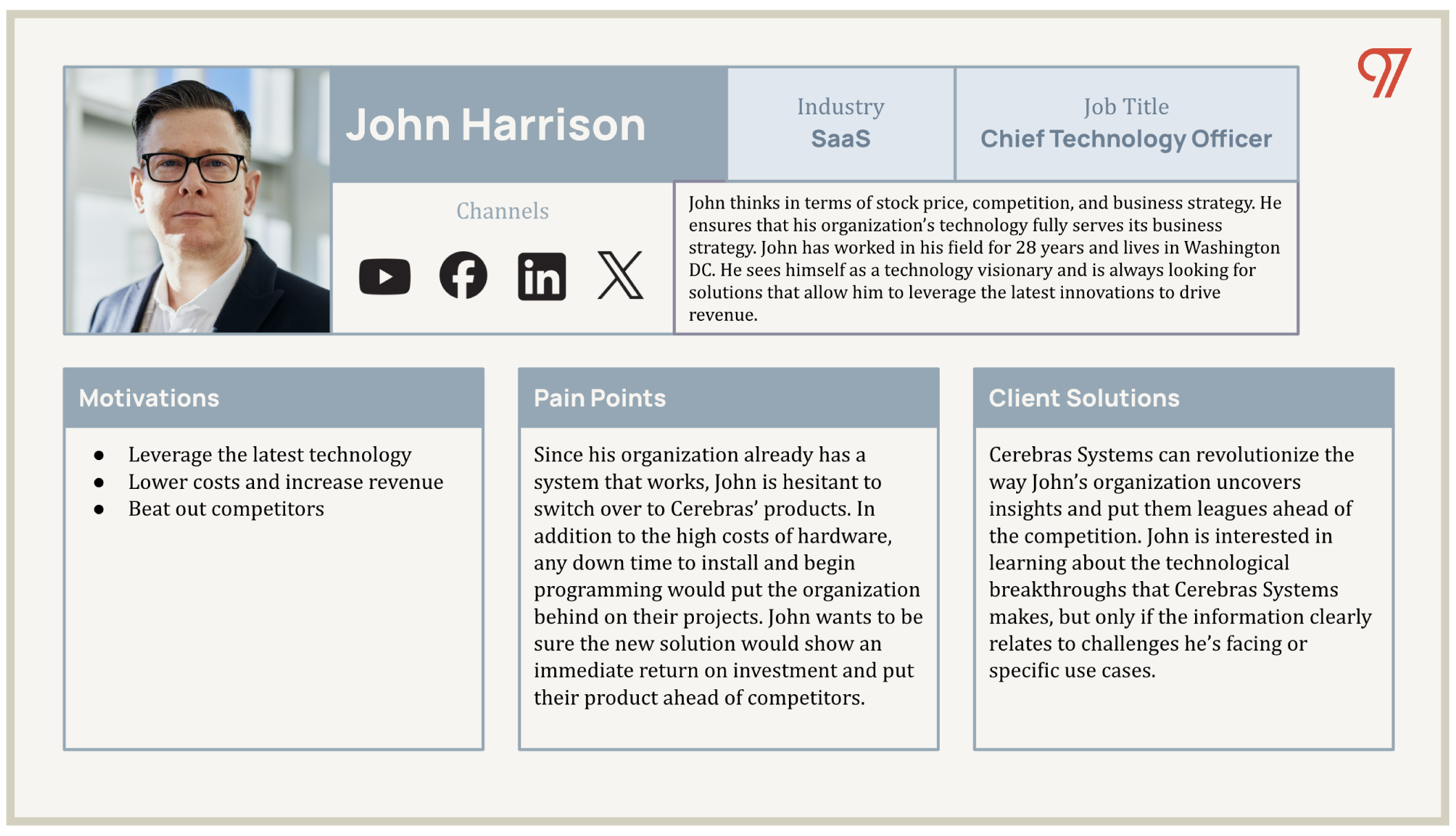
C-Suite Executives vs. Lower-Seniority Roles
The difference between marketing to C-suite executives and lower-seniority roles comes down to focus and influence.
C-suite executives are big-picture people—they make strategic decisions that impact the entire company. They pay attention to messaging that addresses long-term goals and high-level challenges. Lower-seniority roles, on the other hand, are more focused on day-to-day operations and tactical needs. While relationship-building is important at every level, executives demand trust and credibility—they want to know they’re dealing with a partner who understands their industry and can provide clear, measurable results. In terms of content, C-suite leaders prefer high-level formats like whitepapers, case studies, and reports that discuss industry trends and performance metrics, whereas lower roles might engage more with product demos or how-to guides. And of course, executives hold greater buying power, meaning their decisions have a broader impact and are often tied to larger investments.
C-suite executives are big-picture people—they make strategic decisions that impact the entire company. They pay attention to messaging that addresses long-term goals and high-level challenges. Lower-seniority roles, on the other hand, are more focused on day-to-day operations and tactical needs. While relationship-building is important at every level, executives demand trust and credibility—they want to know they’re dealing with a partner who understands their industry and can provide clear, measurable results. In terms of content, C-suite leaders prefer high-level formats like whitepapers, case studies, and reports that discuss industry trends and performance metrics, whereas lower roles might engage more with product demos or how-to guides. And of course, executives hold greater buying power, meaning their decisions have a broader impact and are often tied to larger investments.
Building Trust and Boosting Engagement
Thought Leadership and Insights
C-suites want to know you’re an expert who can help them navigate industry complexities. Produce thought leadership content, like industry reports or trend analysis, to position your brand as a go-to authority. For example, instead of just saying your software improves efficiency, show high-level data from a recent study or report that explains how your product is part of an industry shift toward automation, backed by real-world results from similar companies.
Personalized Content and Messaging
Executives expect content tailored to their industry, company, and specific pain points. For instance, when sending an email or a proposal, reference a challenge specific to their sector—like supply chain disruption for a logistics company—and explain how your solution directly addresses it. Personalizing your content, whether through targeted case studies or custom reports, shows that you’ve done your homework and understand their business needs.
Emphasize Long-Term Value
C-suite leaders think long-term. They’re not looking for quick fixes; they want sustainable solutions that will impact the company’s future. When presenting your product, don’t just highlight short-term wins—show how it delivers long-term value. For instance, if you’re selling a CRM system, explain how it will not only streamline customer interactions today but also provide valuable data to guide long-term decision-making. Help them see how your offering will contribute to growth three, five, or even ten years down the line, setting their business up for sustained success.
Demonstrate ROI
In this space, everything (and we mean everything) ties back to the bottom line. Your messaging must clearly demonstrate ROI. Instead of vague promises, use specific numbers—"Our solution reduces operational costs by 20% within six months" or "This strategy increased revenue by $500,000 for a similar-sized company in your industry." Hard data and measurable outcomes make your case far more compelling. When you can show executives that your product delivers real, tangible results, it becomes much easier for them to justify the investment.
Channels for Reaching Executives
Reaching C-suite executives requires a strategic, multi-channel approach that fits seamlessly into their busy routines. We’ll break it down into digital channels, traditional channels, and emerging channels.
Digital Channels
Email Marketing
Email is still one of the best ways to engage executives, but you need to stand out. Keep it personalized and concise—highlight insights, reports, or invitations to exclusive events. Executives open emails that offer value and save them time.
Social Media Marketing
LinkedIn is your go-to platform for reaching executives. Focus on sharing high-value content like whitepapers and case studies, and use targeted ads to get in front of the right people. Executives use LinkedIn to stay updated on industry trends, so make sure your content addresses their strategic needs.
Webinars and Virtual Events
Executives may not attend long meetings, but they’re open to virtual events that offer actionable insights. Host webinars that address their biggest challenges and feature industry leaders. Promote these through targeted email campaigns and LinkedIn to boost attendance.
SEO
When targeting C-suite executives, your SEO efforts should focus on long-tail keywords that address their strategic concerns. Skip the fluff—these leaders are searching for deep insights. Optimizing for thought leadership content like case studies and reports helps position your brand as a trusted resource. And don’t forget to aim for featured snippets or rich results—C-suites appreciate quick, high-value answers without needing to dig through the SERPs.
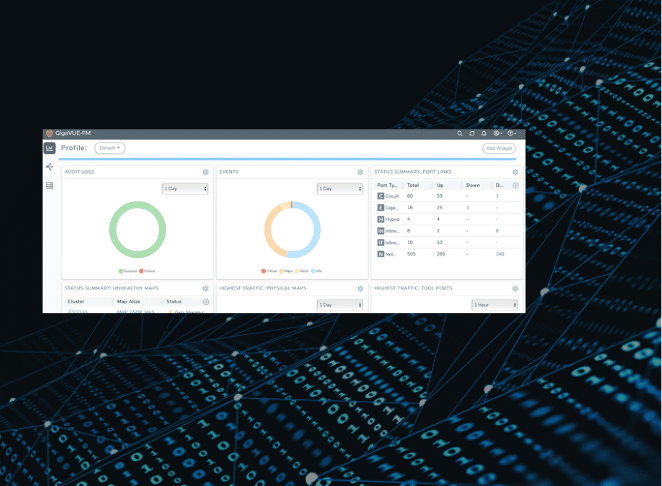

The holistic SEO approach that won Gigamon their #1 keyword
For an example of how this works in real life, check out this case study. Through highly specific executive-targeted SEO, 97th Floor recently helped Gigamon boost their organic traffic by 50% YoY.
Traditional Channels
Direct Mail
If you choose to go the direct mail route, executives appreciate personalized, high-quality materials—think sleek brochures, well-designed reports, or even handwritten notes. Sending a tangible piece of content to an executive’s desk, especially something that provides value (like a research report, industry whitepaper, or even a plant), can cut through the noise. It’s a chance to be more memorable than another email in their inbox.
Executive Events and Conferences
Executives are more likely to attend industry-specific events and conferences that provide networking opportunities and thought leadership. Sponsoring or speaking at these events allows you to get your brand in front of key decision-makers. In addition, consider hosting exclusive VIP dinners or private meetings at these events to help build relationships and foster trust with C-suite leaders.
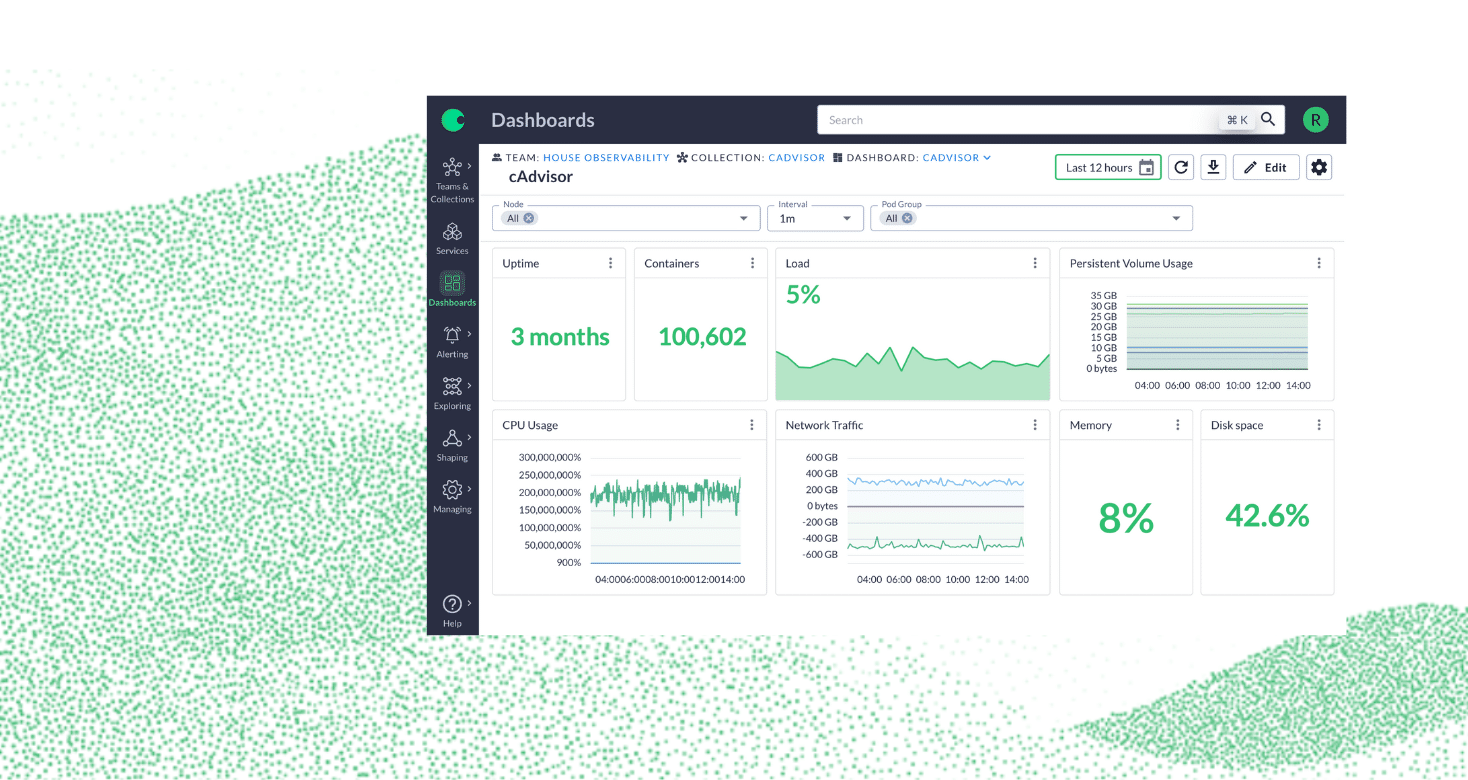

Chronosphere's OOH Ad Strategy that Boosted Site Traffic by 743% in Event Cities
With the help of 97th Floor, Chronosphere used creative event-based marketing to drive website traffic off the charts. Here’s the case study for more info.
Emerging Channels
Executive Podcasts
Podcasts are becoming a go-to for executives who prefer consuming content on the move. By sponsoring or guest-starring on relevant executive podcasts, you can share valuable insights and get your message in front of C-suite leaders when they’re tuned in during their busy schedules.
Influencer Collaborations
Collaborating with industry influencers helps build credibility through trusted voices. Partnering with well-known experts in your field can bring your message to the right audience, as executives are more likely to engage with content endorsed by someone they already follow or respect.
Connecting with the C-Suite—It’s About Time
Executives are busy, and catching them at the right time can make all the difference.
Best Days and Times
Weekdays, particularly Tuesdays through Thursdays, tend to be the best days to engage with executives. Avoid Mondays, when inboxes are flooded, and Fridays, when attention starts shifting toward the weekend. As for timing, aim for early mornings (7–9 a.m.) or late afternoons (4–6 p.m.), when executives are catching up on emails or prepping for the next day.
Consideration of Time Zones
If you’re targeting executives across regions, be careful with your time zones. Scheduling emails or calls without considering time zone differences can result in your message being missed or buried. Use tools to optimize send times based on the executive’s specific location so your messages land during peak working hours.
Aligning with Industry Events
Executives are more likely to be in a business-focused mindset during key industry gatherings. Whether you’re sponsoring an event or just aligning your marketing campaigns with industry news cycles, leveraging these opportunities can help get your message noticed when executives are already thinking about strategic decisions.
We hope you’ve enjoyed our guide to Marketing to Small Business Owners! Good luck as you tackle the market.
We hope you’ve enjoyed our guide to Marketing to Small Business Owners! Good luck as you tackle the market.



